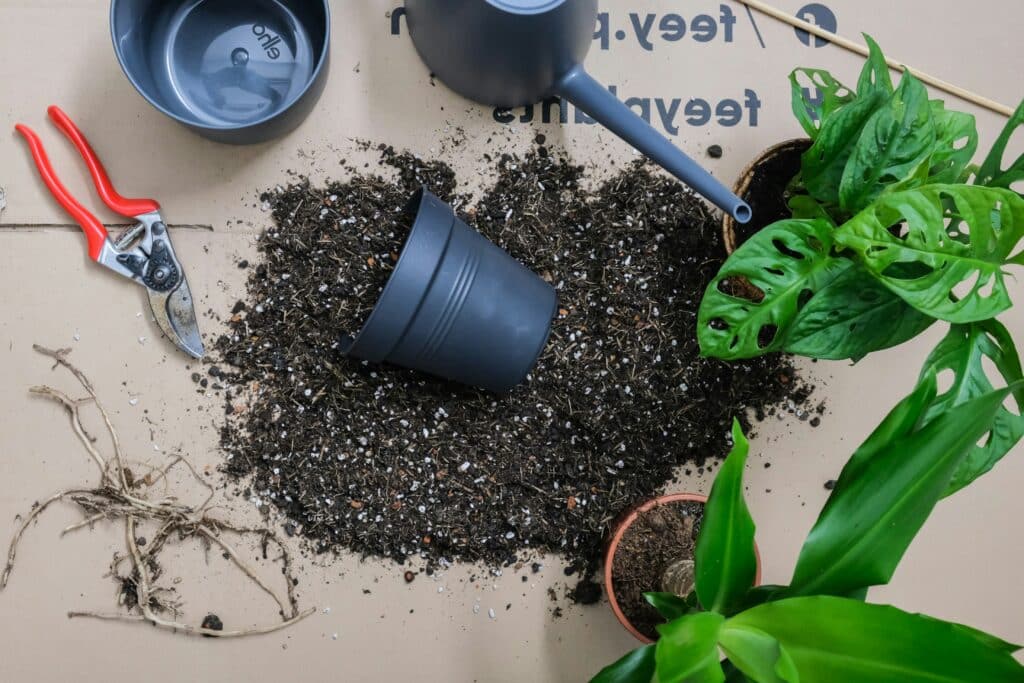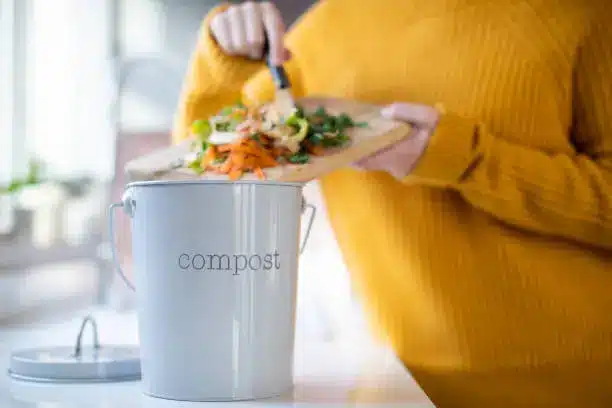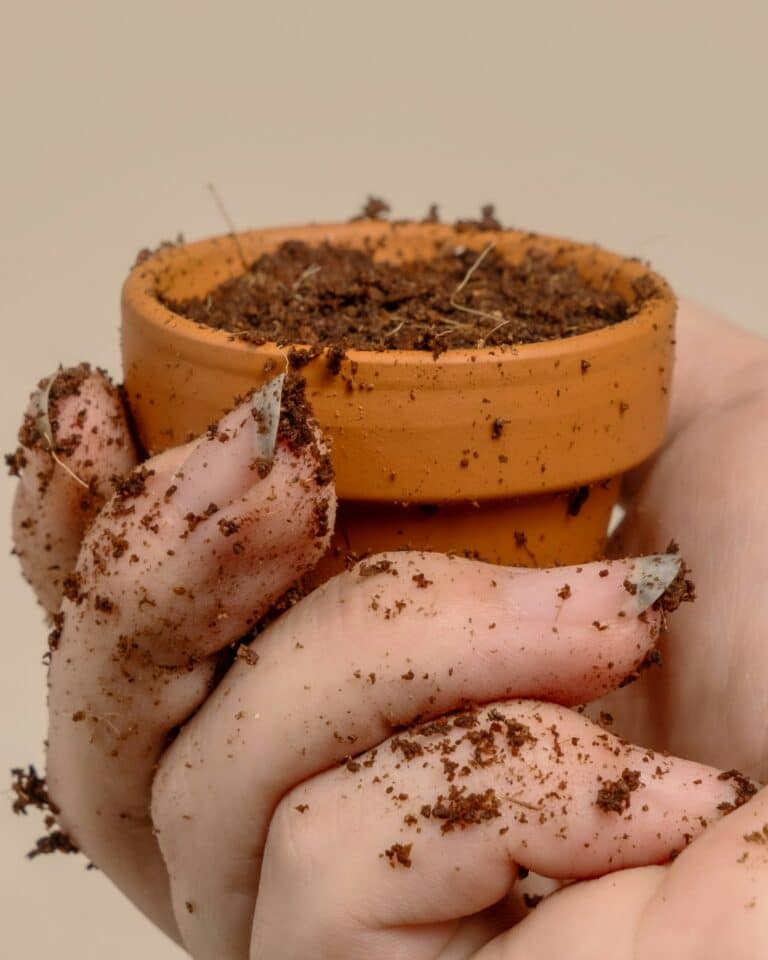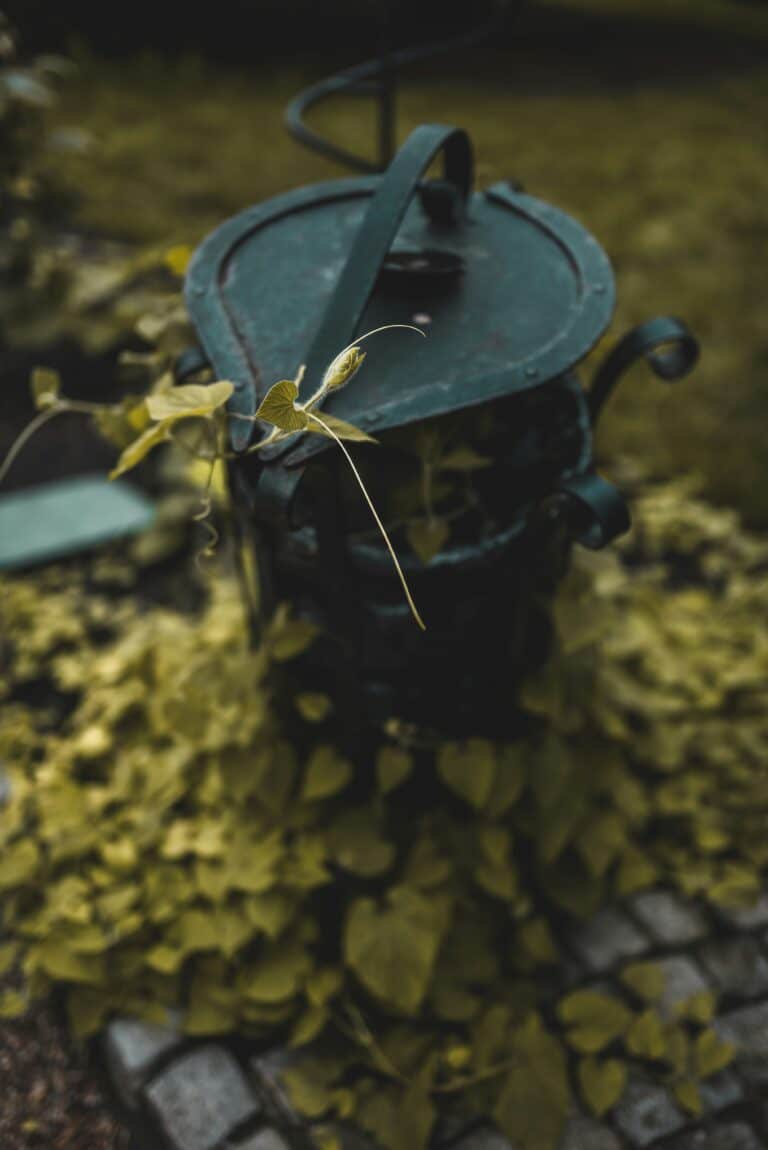It’s a practical, efficient way to reduce waste, enrich your indoor plants, and essentially give back to Mother Earth right from the comfort of your own home. But before you get started, there are a few crucial things to know about indoor composting — specifically, some important ‘No-Nos’ to avoid for a successful composting experience. 🌿

Before delving into the nitty-gritty of composting blunders, let’s first set the stage. Composting is a natural process where organic matter, such as vegetable scraps and fallen leaves, decomposes over time. The end product, often referred to as ‘black gold,’ is a nutrient-rich soil amendment that can greatly benefit indoor plants and gardens. However, just like any biological process, certain factors can disrupt composting, leading to foul odors, pests, or an unhealthy compost pile. 😥
The Importance of Getting It Right
Composting, while seemingly straightforward, can quickly turn into a complex science. The harmony between carbon and nitrogen, the appropriate moisture level, and even the size of the composting materials all play an essential role in the composting process. Striking the right balance can be tricky, but with an understanding of the ‘No-Nos’ to avoid, you can ensure your indoor compost bin stays healthy and happy. 😊👍
In this comprehensive guide, we’ll go over the common mistakes many beginners make when starting their composting journey. We’ll also provide practical tips and solutions to help you steer clear of these pitfalls. This way, you can enjoy the benefits of composting without the drawbacks, and give your indoor plants the nutrient boost they need. 🌱💚
What to Expect
Our discussion will be broken down into several key sections. First, we’ll explore the types of materials that should not go into your compost bin and why. From there, we’ll move on to discuss proper compost maintenance — moisture, temperature, aeration, and the balance between ‘greens’ and ‘browns.’ We’ll also tackle some common misconceptions about composting and how to correct them.
We’ll wrap up the guide with a comprehensive troubleshooting section. Here, we’ll address common problems you might encounter when composting indoors, along with their solutions. The goal is to equip you with the knowledge and confidence to compost successfully, regardless of your experience level or living situation. 🏠🌳
Whether you’re an apartment dweller with limited outdoor space, a busy parent looking to teach kids about sustainability, or a gardening enthusiast eager to enrich your indoor plants, this guide is for you. So, let’s roll up our sleeves and get started on the path to a successful composting experience! 💪🍃
Understanding the Science of Indoor Composting
Composting at home is an eco-friendly practice that can significantly reduce the waste you generate while providing a rich nutrient source for your indoor plants. However, maintaining a happy indoor compost bin isn’t as simple as just throwing scraps into a container and letting nature take its course. It requires a delicate balance of ingredients and the right conditions. To ensure a successful composting experience, let’s delve into the science of indoor composting and understand its key principles.
Firstly, composting is a biological process where microorganisms break down organic matter into nutrient-rich compost. The process occurs in the presence of air (aerobic composting) or absence of air (anaerobic composting). The former method is more commonly adopted for indoor composting due to its faster decomposition rate and less unpleasant odors.
Secondly, a balanced diet for your compost bin is crucial. A healthy compost bin should consist of a mix of ‘green’ nitrogen-rich materials (like fruit and vegetable scraps) and ‘brown’ carbon-rich materials (like dried leaves and paper). This balance is necessary to feed the microorganisms and maintain the right moisture level. Overloading your bin with too much of one type can lead to problems such as bad odors or slow decomposition.
Common No-Nos to Avoid for a Happy Compost Bin
While composting may seem like a straightforward process, there are several common mistakes that can lead to an unhappy compost bin. Here are the main culprits to watch out for:
Avoid adding meat, dairy, and cooked food leftovers. These items can create unpleasant smells and attract pests. Not to mention, they decompose slowly and can disrupt the balance of your compost pile.
Do not compost diseased plants or weeds. These can spread disease or germinate in your compost, causing problems when you use the compost later.
Avoid using glossy or coated paper. These often contain chemicals that can disrupt the composting process and may even be harmful to plants.
Below is a video that further explains the common no-nos in indoor composting. It’s a comprehensive guide to help you navigate through the do’s and don’ts of composting. (“10 Composting Mistakes to Avoid – Garden Myths”, Garden Myths YouTube Channel)
Key Steps to Keep Your Indoor Compost Bin Happy
Now that we know what not to do, let’s take a look at the key steps that will help keep your indoor compost bin happy and thriving.
1. Maintain the right balance of ‘greens’ and ‘browns’. Ideally, your compost bin should have a ratio of 1 part greens to 2-3 parts browns. This will provide the right amount of nutrients and moisture for the composting process. If your bin starts to smell, try adding more browns. If it’s not decomposing quickly, add more greens.
2. Regularly turn your compost. Turning the compost helps to aerate it, speeding up the decomposition process and preventing odors. Aim to turn your compost once a week.
3. Keep your compost bin in a suitable location. Choose a spot that is convenient for you but also suitable for the compost. It should be in a place with good air circulation and away from direct sunlight or heat sources.
Comparing Different Types of Indoor Composting Bins
There are many types of indoor composting bins available on the market, each with its pros and cons. To help you choose the right one for your needs, here’s a comparative table:
| Type | Pros | Cons |
| Traditional compost bins | Simple design, affordable | May require more maintenance |
| Composting tumblers | Easy to turn, faster composting | More expensive, may be bulky |
| Worm compost bins | Highly efficient, produces worm castings | Requires care of worms, not for squeamish people |
To see these compost bins in action and learn more about their features, you can watch the video “Best Composting Bins in 2021 – How to Pick the Right One?” by the Eco Gadgets YouTube channel.
Overcoming Common Indoor Composting Challenges
Despite your best efforts, you may still encounter challenges with your indoor compost bin. But don’t worry, most of these issues can be easily resolved. Here are some common challenges and their solutions:
- Bad smell: This could indicate too many greens or insufficient aeration. Try adding more browns and turning the compost more frequently.
- Slow decomposition: This could be due to insufficient greens or low temperature. Add more greens or consider moving your bin to a warmer location.
- Pests: Ensure your bin is properly sealed and avoid adding items that attract pests like meat or dairy.
With these tips and tricks, you’re well on your way to maintaining a happy and healthy indoor compost bin. Remember, composting is not only a great way to reduce waste but also a rewarding activity that can enrich your indoor gardening experience. Happy composting!
Conclusion
We kicked off our exploration by dissecting the fundamental principles of software engineering, underscoring its importance in shaping the technological landscape. This is a discipline that continuously evolves, adapting to meet the demands of our technologically driven society. We discovered that at its core, software engineering involves the application of systematic, disciplined, and quantifiable approaches to the development, operation, and maintenance of software.🔧🛠️
From there, we ventured into the realm of Information Technology, where we unearthed the role it plays in managing and processing information in today’s digital age. We discussed how IT is ubiquitous and integral to nearly every aspect of our lives, from businesses and education to healthcare and entertainment.
Throughout the discussion, we also touched on the interplay between IT and software engineering, highlighting the symbiotic relationship that exists between the two disciplines. We underscored that while they may share some overlapping aspects, each has its distinct roles, responsibilities, and methodologies.
Finally, we examined the future trends in IT and software engineering, emphasizing the potential of emerging technologies such as artificial intelligence, machine learning, and data analytics. We concluded that the future of these fields promises to be exciting and full of endless possibilities. 💡
In closing, this exploration should underscore the undeniable importance of IT and software engineering in our modern world. The knowledge and insights gained should serve as a catalyst for deeper learning and inquiry. Whether you are an expert in the field, a student, or just a curious reader, it is my hope that this article has illuminated some of the complexities of these fascinating disciplines and spurred an interest in further exploration.
I would encourage you to delve deeper, engage with the material, ask questions, and share insights. The world of IT and software engineering is expansive and ever-changing, and there is always more to learn. Feel free to comment, share this article, or apply what you have learned in your professional journey.
Let’s continue the conversation! I would love to hear your thoughts, questions, or insights. Don’t hesitate to reach out and share your perspective. 🗨️
If you wish to explore more about IT and software engineering, you can check out resources like IEEE Software Engineering, ACM Digital Library, and IEEE Xplore for a wealth of information.
Remember, knowledge is power, and in the rapidly evolving world of IT and software engineering, staying informed and up-to-date is crucial.
Stay curious, stay informed, and keep learning. The future is in your hands! 🌍🚀



